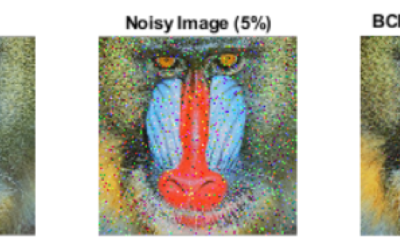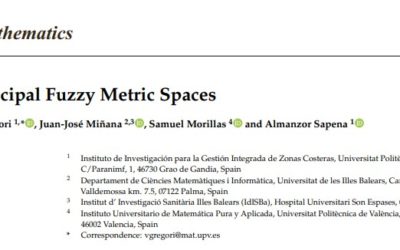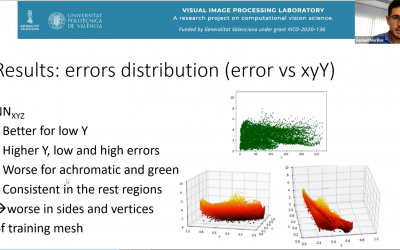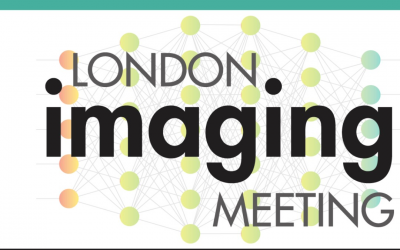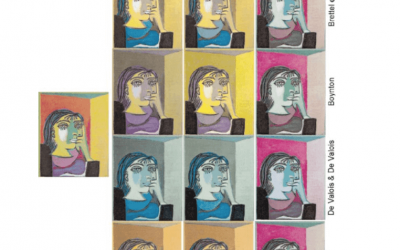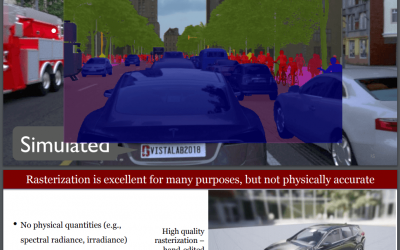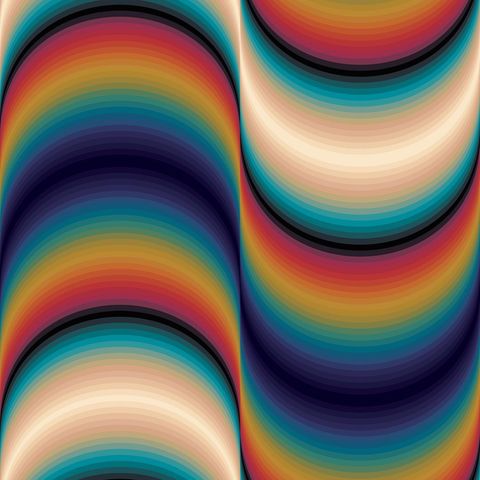
IMaLeVICS: New VIPLab project
Interpretable Machine Learning for Vision, Imaging, and Color Sciences
The objective of IMaLeVICS is to use interpretable machine learning methods to address various issues related to vision, imaging, and color sciences. We have two goals. Firstly, we aim to obtain systems that can solve specific problems in each of these fields. Secondly, we aim to analyze what these systems have learned to interpret the knowledge extracted from the data and determine whether this knowledge can be incorporated into current scientific models that address the corresponding problems.
VISUAL IMAGE PROCESSING LABORATORY
A research project on computational vision science
The main objective of the interdisciplinary group that makes up VIP Lab (Visual Image Processing Laboratory) is to contribute to a better understanding of how digital images are perceived by the human visual system. To begin, contributing with data from psychophysics on how images are perceived by the visual system, secondly, addressing how to represent this new knowledge with computational models, to finish using these models to approach the improvement/optimization of the visual quality in different applications and image processing tasks.


Recent availability of image capturing and displaying devices in increasing image importance for both home and scientific use. Particularly important is image perceptual quality, a matter on which an intensive active research is being carried out in many centers around the globe. The VIP Lab project is devoted to develop research on image perception and, in the long term, establish a reference research center in the matter.
The research group consists of professionals that combine experience in vision science, color science, image processing, psychophysics, and mathematical modeling.

LATESTS RESEARCH AND PUBLICATIONS
Image Noise Reduction by bootstrap resampling
Bootstrapping-Based Fuzzy Numbers Reza Ghasemi, Samuel Morillas, Ahmad Nezakati and Mohammadreza Rabiei. Image Noise Reduction by Means of Bootstrapping-Based Fuzzy Numbers. Appl. Sci. 2022, 12, 9445. As you know, nonlinear methods significantly reduce image noise and...
On Principal Fuzzy Metric Spaces
The notion of fuzzy metric space (X,M,∗) Valentín Gregori, Juan-José Miñana, Samuel Morillas and Almanzor Sapena. In this paper, we deal with the notion of fuzzy metric space (X ,M, ∗), or simply X , due toGeorge and Veeramani. It is well known that such fuzzy metric...
Fuzzy method for detection of inconsistent data in experimental datasets of perceptual color differences
The color difference formula used was CIEDE2000 In this post, we share the two articles published in which we explain the fuzzy method for the detection of inconsistent data in experimental datasets of perceptual color differences. The results have been obtained using...
A study of neural network-based LCD display characterization
About our Conference paper at London Imaging Meeting 2021 In the last London Imaging Meeting 2021 (LIM21) that took place between September 20 and 21, we were lucky to participate with our article "About our Conference paper at London Imaging Meeting 2021". Joan...
London Imaging Meeting 2021
"A study of neural network-based LCD display characterization" Our article "A study of neural network-based LCD display characterization" (OpenConf ID 3) has been accepted for oral presentation at London Imaging Meeting 2021: Imaging for Deep Learning.The conference...
Webinar: Divisive Normalization models and Image Statistics
by Prof. Dr. Jesús Malo At the cortical level, spatial texture, motion and color is encoded as a set of responses of wavelet sensors tuned to certain spatio-temporal frequencies and certain directions of the color space. These sensors have different linear gain and...
Webinar: ISETbio
by Prof. Dr. Brian A. Wandell The number and type of imaging systems has grown enormously over the last several decades; these systems are an essential component in mobile communication, medicine, automotive and drone applications. Imaging systems are also...
Spectral Reflectance Reconstruction
Spectral Reflectance Reconstruction Using Fuzzy Logic System Training: Color Science Application Morteza Maali Amiri, Sergio Garcia-Nieto, Samuel Morillas and Mark D. Fairchild In this work, we address the problem of spectral reflectance recovery from both CIEXYZ and...
Two new methods for simultaneous smoothing and sharpening
Graphs based methods for simultaneous smoothing and sharpening Cristina Pérez-Benito, Cristina Jordán, J. Alberto Conejero, Samuel Morillas We present two new methods for simultaneous smoothing and sharpening of color images: the GMS3 (Graph Method for Simultaneous...
Webinar: Spatial Color Appearance and Image Difference Models (iCAM and the like)
by Prof. Dr. Mark D. Fairchild This presentation will review some highlights of the development and application of the iCAM image color appearance model and related work. This will be accomplished through the review of six publications that address a multi scale...
Novel colour image denoising method
Colour image denoising by eigenvector analysis of neighbourhood colour samples Pedro Latorre-Carmona, Juan-José Miñana & Samuel Morillas Colour image smoothing is a challenging task because it is necessary to appropriately distinguish between noise and original...
Fuzzy logic expert system and road pavements
A fuzzy logic expert system for selecting optimal and sustainable life cycle maintenance and rehabilitation strategies for road pavements João Santos, Cristina Torres-Machi, Samuel Morillas & Veronique Cerezo Aged road pavements and insufficient maintenance...


